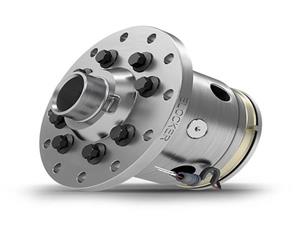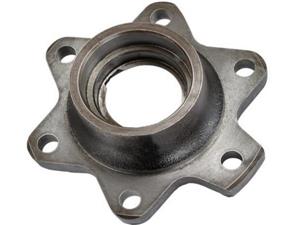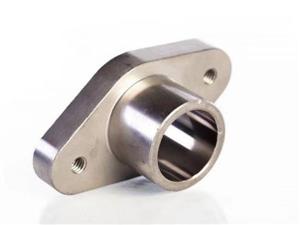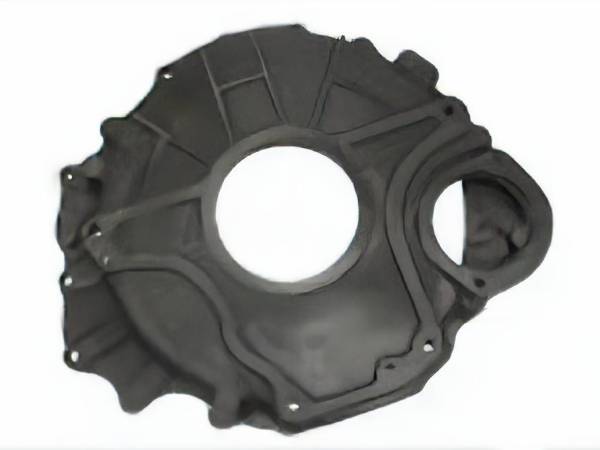What is the flywheel housing? Function of flywheel housing
The flywheel housing is installed between the engine and the gearbox. It is externally connected to the crankcase, starter and oil pan. The flywheel assembly is built in to connect the engine body, protect and support. The main function of the flywheel housing is to realize the effective connection between the engine and the transmission. Through its change, the same type of engine can carry different types of vehicles to meet the market demand.

The flywheel housing of the same series is basically the same size as the engine connection surface, but different from the clutch connection surface, but has the same functional hole. Generally, the flywheel housing is shaped like a basin, and its structural features are large overall dimensions, the maximum diameter can reach 600mm, and the height is nearly 300mm. The flywheel housing is mostly made of gray cast iron. The structural feature of the material is that the wall thickness is uneven. Generally, the wall thickness is 6-8mm, the thinnest part is only 5mm, and the largest part is 40mm. The two surfaces connected with the engine and clutch have large areas, which are easy to deform during die casting, and the deformation is not easy to control, so the connecting holes on the two surfaces must be machined. In order to ensure good stability and sealing of flywheel housing during operation, there are detailed technical requirements on its important surfaces and holes.
Flywheel housing action
At least one heat dissipation window is arranged on the flywheel housing, and a waterproof cover plate is arranged on the heat dissipation window. The flywheel housing has the function of heat dissipation and metal powder removal. It is simple in structure and easy to install. It can accommodate the clutch assembly, bear the weight of the transmission, and act as the fulcrum for power transmission.
The function of the flywheel housing is to bear the weight, position the engine and transmission, and place the small parts. Although it has little wear, its damage, deformation and misalignment have a great impact on the engine.
Because flywheel housing bears weight and external force, it will inevitably produce cracks and deformation. After the flywheel housing is deformed, its parallelism and bearing hole centrality lose their original accuracy, which means that the flywheel housing bearing hole cannot be concentric with the crankshaft center and the transmission center, causing the engine and transmission center to deflect. This will affect the transmission of power. The wear of the driven part will also increase, and the transmission noise will occur. The deformation and misalignment of the two planes of the flywheel housing will also bring undue wear to the driven parts, such as the wear of the clutch plate, the transmission driving axle and the bearing.
In order to make the centerline of the engine crankshaft coincide with the centerline of the transmission drive shaft, the flywheel housing is equipped with a plane and a center positioning device. For example, the plane of the cylinder block and the plane of the flywheel housing, and the driving wheel cover of the transmission and the bearing hole of the flywheel housing shall be parallel and concentric. Therefore, in addition to paying attention to the concentricity of crankshaft and flywheel during warranty, several datum planes or holes of flywheel housing shall be strictly adjusted and overhauled.
Although the flywheel housing is single in setting, its bearing hole center and plane are consistent with that of the cylinder block, so the flywheel housing cannot be ignored in warranty.






